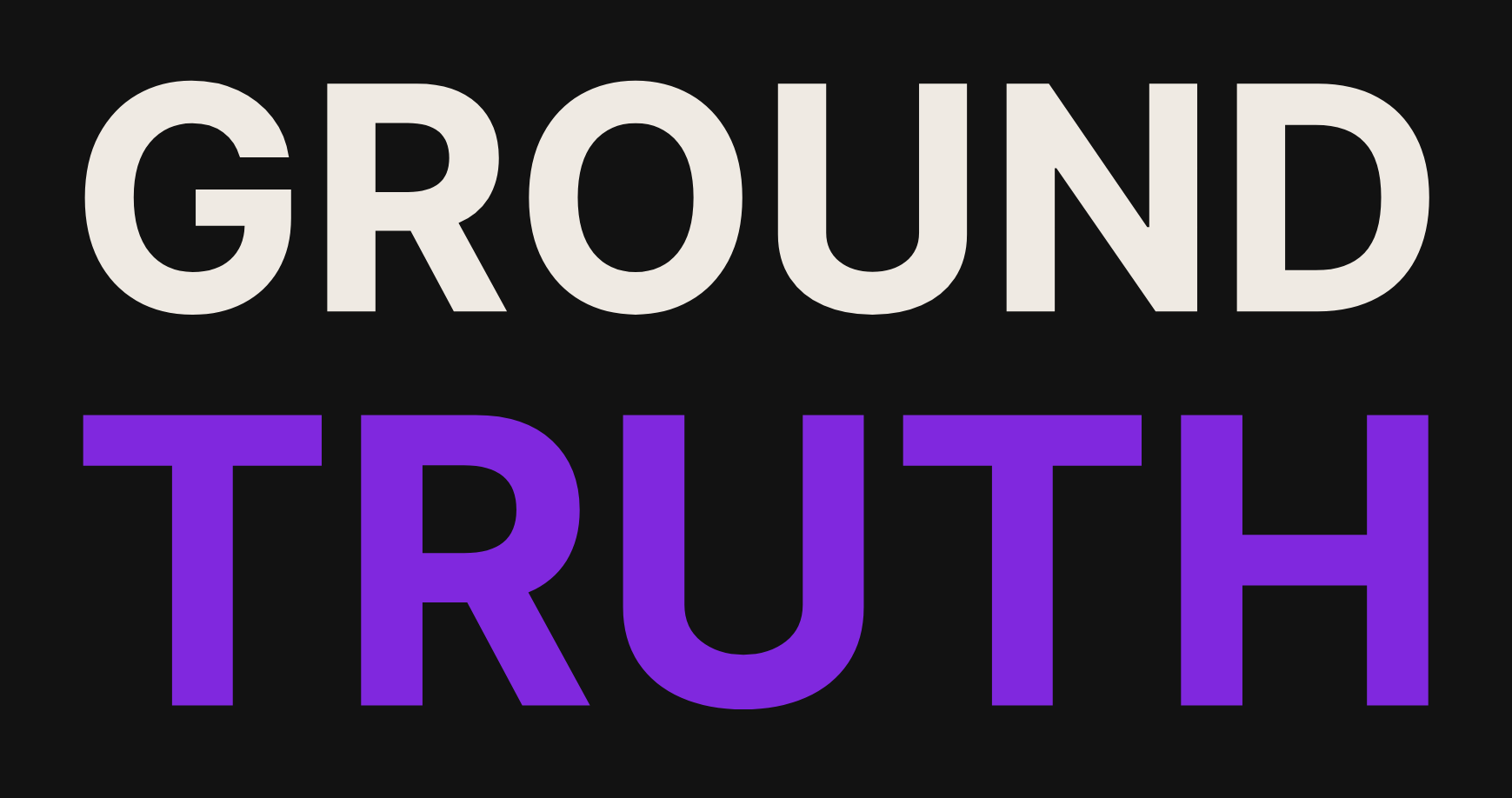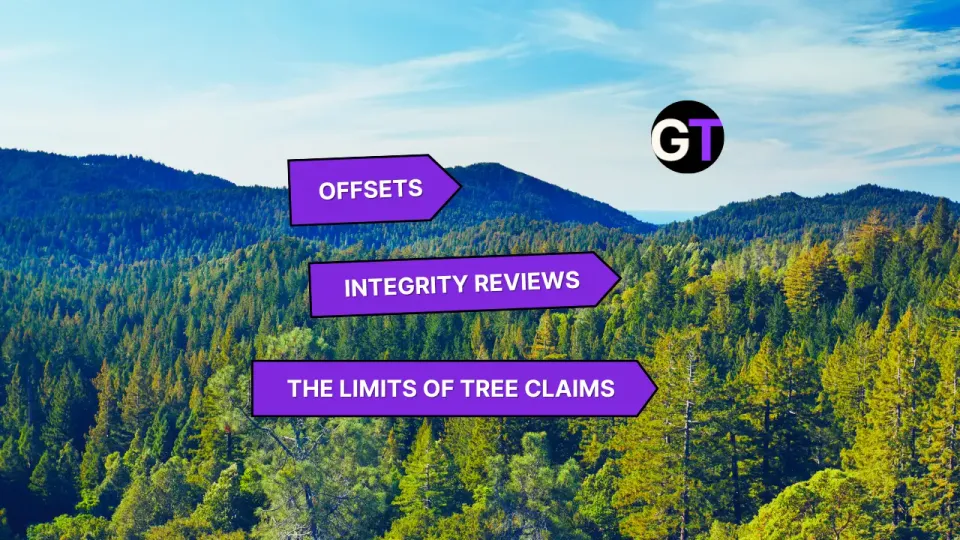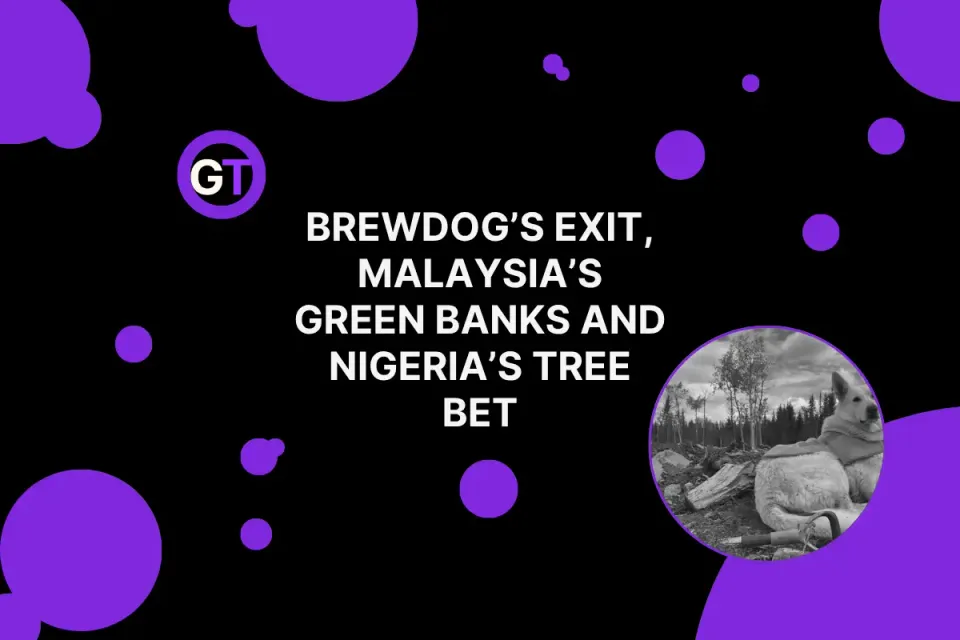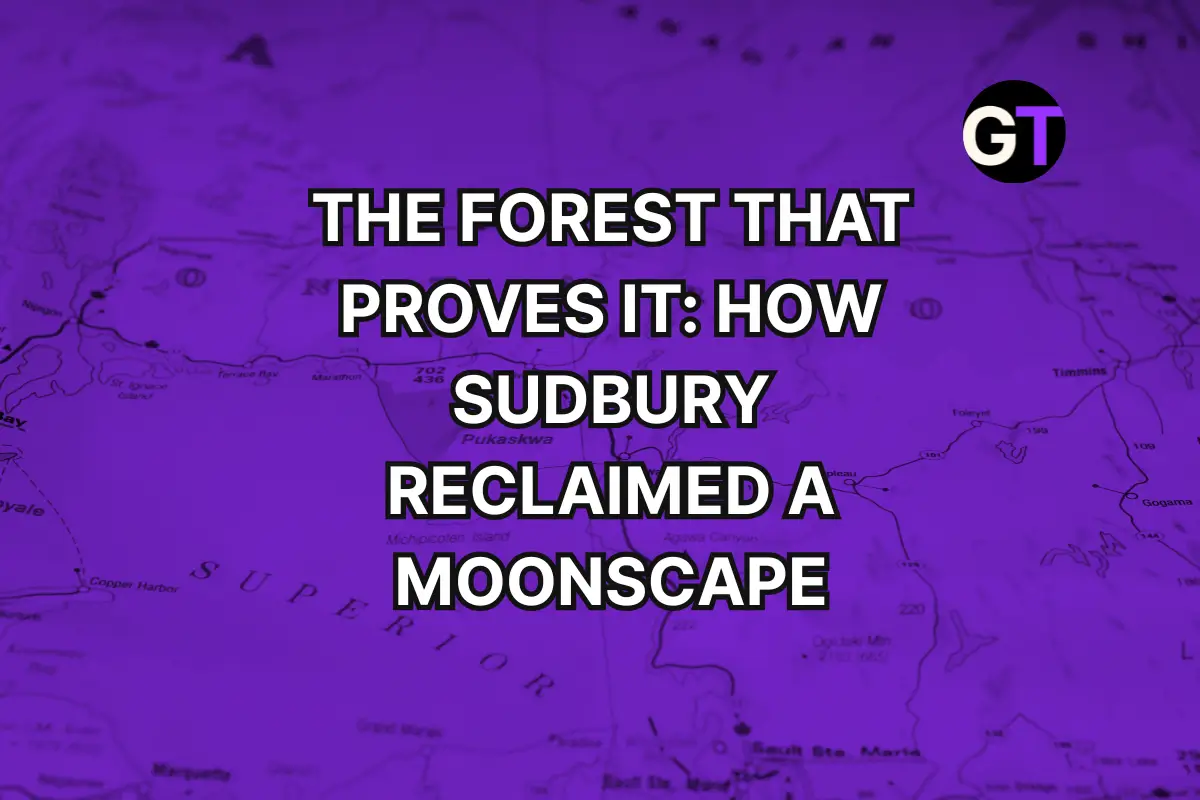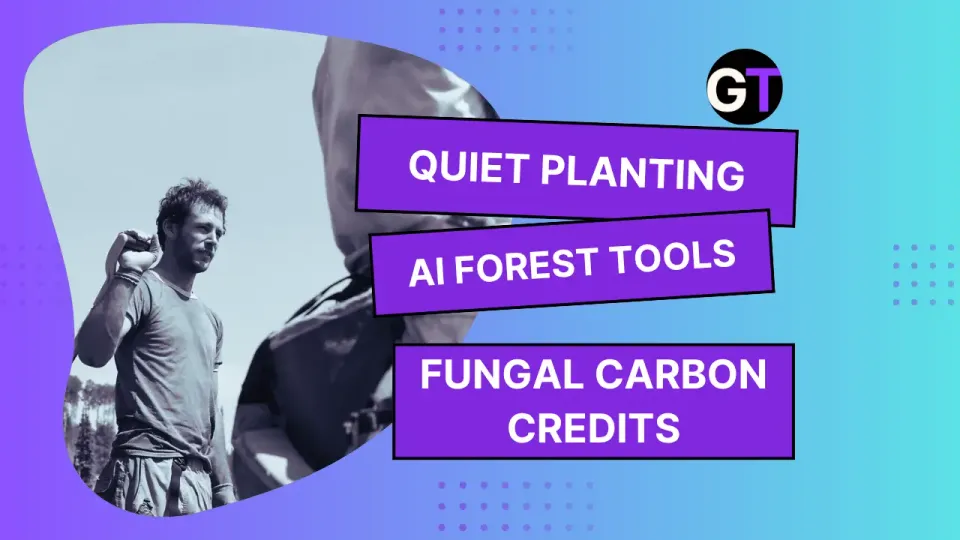Open Data Charter on the Importance of Environmental Data
"Opening the data helps building trust by: tracking progress on commitments; holding decision-makers accountable; and engaging in collaborative problem-solving."
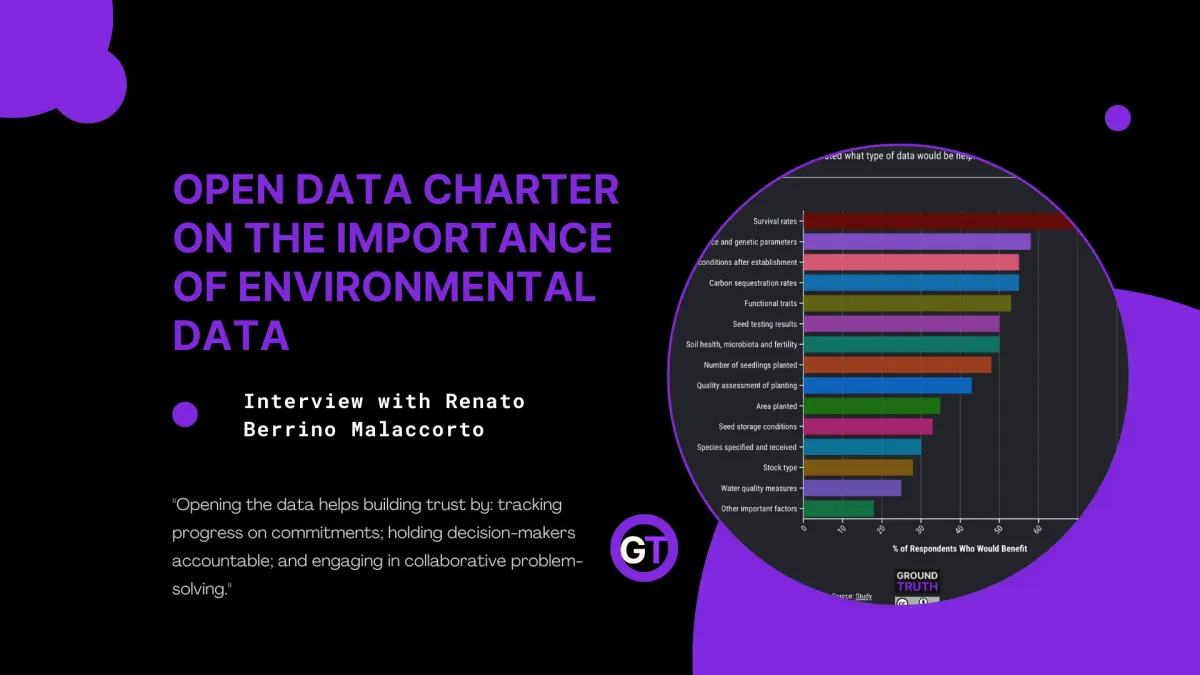
Does Money Grow on Trees?
Environmental data is the planet’s version of the stock market—a key indicator of health and risk that we ignore at our own peril. As DeSmog recently pointed out, we monitor financial data obsessively because lives and livelihoods depend on it.
Yet when it comes to tracking crucial environmental metrics—like air quality, deforestation, or rising temperatures—there’s a baffling lack of urgency. Real-time environmental data could help us prevent climate disasters and protect public health, but it’s often ignored or hidden from public view (or in some recent instances outright repressed).
Take reforestation, for example (if you haven't noticed, we're sort of obsessed with it). While deforestation is closely tracked by organizations like Global Forest Watch, data on efforts to restore forests remains frustratingly sparse. Want to know how many trees were planted this year in reforestation projects? Or whether those efforts are thriving or stalling?
Good luck. That data is pretty hard to find and available only inconsistently, depending on the place. And not many people are aware of it.
Curious about how to address these knowledge gaps—and how to get people excited about that dreaded term "environmental data"—I turned to the Open Data Charter (ODC). ODC is an organization that promotes transparency and data-sharing in climate action.
While not focused on reforestation, ODC’s climate work offers lessons for how open data could help inform forest restoration and improve data-sharing frameworks.
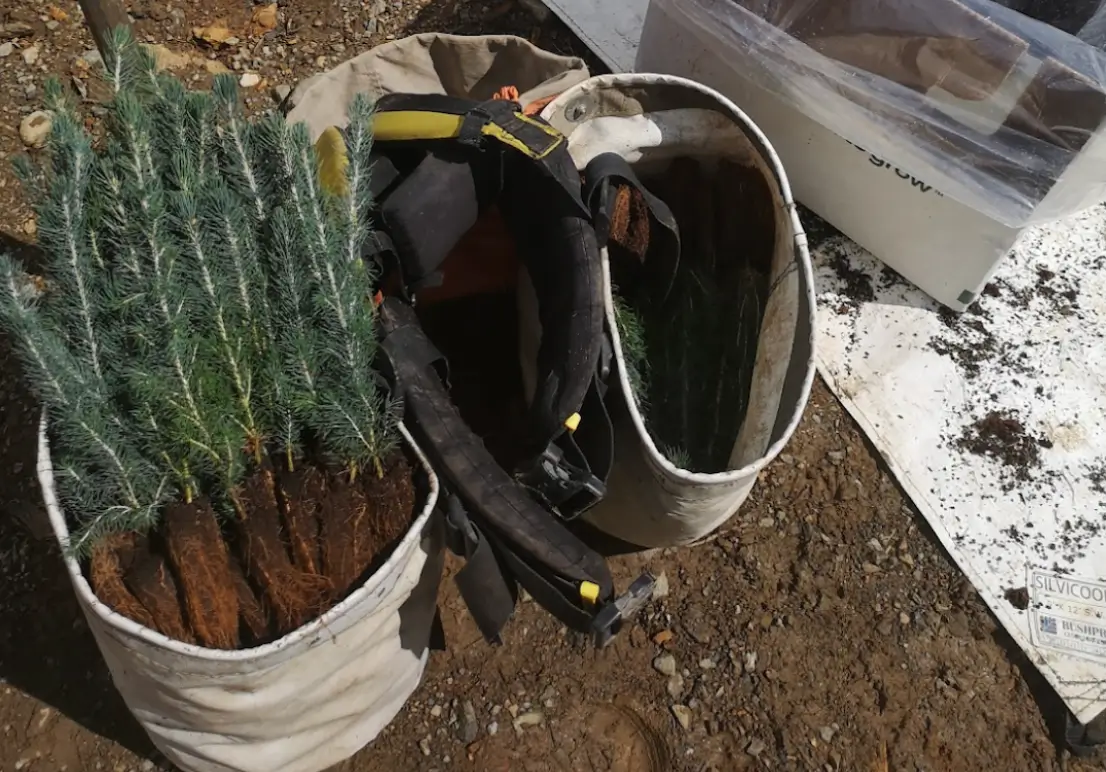
Open Data Charter and Climate Data
The ODC is leading global efforts to unlock data for social, economic, and environmental good. Recently, it’s placed a growing emphasis on climate action, helping governments and organizations share crucial climate-related datasets openly and effectively.
To learn more about these efforts, I spoke with Renato Berrino Malaccorto from ODC. He shared insights on their work in climate data transparency and how the lessons from projects could potentially inspire more open and accountable data practices in forestry and restoration.
Renato emphasized open data as a practical tool for improving decision-making and fostering collaboration across sectors. One of the biggest challenges, he explained, is ensuring that different government agencies communicate and share data effectively.
"For data to be an effective tool in addressing climate change, it must be collected using best practices and standardized formats," Renato told me. "But even more importantly, people within government need to collaborate better—many agencies don’t realize they’re working on similar issues."
A standout example of ODC’s broader climate data work is its initiative in Uruguay, where the organization helped local agencies release key datasets through the national Open Data Portal. This transparency empowered governments, businesses, and civil society to plan and respond to climate challenges more effectively.
Below, Renato shares insights on ODC's projects—including Uruguay—and how open data could intersect with the growing global tree-planting movement.
ODC discusses climate data, featuring Renato.
Conversation With Renato Malaccorto
I’ve read about some of the impactful work the Open Data Charter has done over the years. Could you share some key successes or milestones that the organization is particularly proud of, specifically about climate?
We are thrilled that we have made significant strides with our government partners to advance the use of open data for social, economic, and environmental impact, with a growing emphasis on climate-related initiatives.
Under the hypothesis that there is public value locked in the data collected for international reporting mechanisms on climate change, the ODC led the creation and testing of the Climate Change Open Up Guide. More to it, data related to climate is varied and collected by multiple agencies in any given country, such as: meteorological services, regional and urban planning, natural resource and park management, and mapping agencies.
This Open Up Guide helps establish clarity and direction for governments looking to improve their climate-related open data publication. Studying the Paris Agreement Article 13 ODC, alongside WRI, created the first list of high value datasets and standards for the Guide and tested it out both in Chile and Uruguay at the same time. Reports and the Guide can be found here.
The result of this process, which began in 2019 and ended in 2020, can be seen in the report "Open data for climate action in Uruguay: Towards an open plan”. Thanks to the joint project, a work plan was drawn up that resulted in the publication of climate action data on the Open Data Portal of Uruguay.
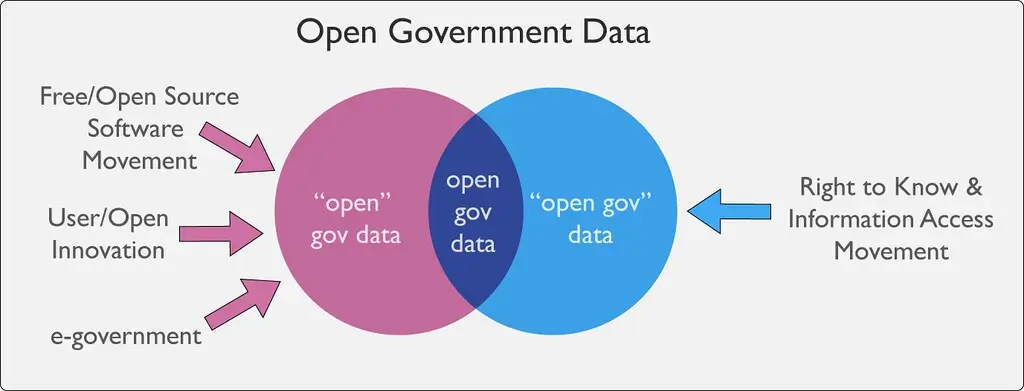
Could you provide an example of a project where the Open Data Charter believes it hascmade a significant impact? I'd love to hear about specific outcomes or changes that resulted from your work (this is kind of a tongue-in-cheek question, I've watched a few of your YouTube videos).
In 2022, together with Agesic and the SNRCC once again and with the support of the IDB and the Open Data Institute and Microsoft as strategic allies, we launched the Open Climate Data Challenge, an initiative aimed at citizens, students, developers, entrepreneurs, private organizations, communicators, activists, researchers, journalists and civil society organizations. The competition sought, through the use of public data, to propose innovative solutions to climate change. The proposals had to be:
-applications, or
-data journalism and investigative projects.
With the aim of promoting the presentation of projects with axes on priority issues for Uruguay, thematic sessions were also organized to inspire and guide the teams to develop the final prototype. During the process, the teams participated in two design thinking workshops, two workshops given by the Open Data Institute and Microsoft and four mentoring sessions that supported the development of the
different initiatives.
The competition resulted in five projects (three in the project development category and two in data journalism), which successfully managed to combine interests and data from the climate change community, with the knowledge of the data community for visualization and analysis of the data used. For this work, the teams used data published by SNRCC member institutions as well as international sources.
The participants not only managed to use data for purposes of raising awareness and disseminating problems and challenges associated with climate change, but they also especially valued the learning in working with data, unanimously declaring the intention to continue both the development of individual projects such as the adoption of working with data in the long term.
I’d like to learn more about the Open Data Barometer project. Could you share some insights into its goals, methodology, and any notable findings?
It is not a project that we developed ourselves. But we can share some more information with you. The pilot ODB in 2013 analysed global trends, and ranked countries and regions on readiness to secure the benefits of open data, actual levels of implementation and the impact of open data initiatives.
The third edition (2018) of the Open Data Barometer had two major modifications. One of them was reducing the scope of study to countries "leaders" that have publicly committed to adopting the International Open Data Charter. The detailed methodology can be found at this link.
What are some of the biggest challenges the Open Data Charter faces when working withvgovernments and institutions to promote transparency and open data practices?
Some of the challenges we face is that of not just data interoperability but “people interoperability” as our Executive Director puts it. In order for data to be usable, they must be collected following the best practices, but also in a standardised format. Similarly, for data once open, to be an effective tool in anti-corruption or climate change, the people in government should be speaking to each other.
Sometimes, we have learned that different government agencies are not aware of the work of the other and are not communicating, so more collaboration between government agencies continues to be very important.We also worked on research on open climate data in Latin America for the IDB. This blog summarizes some of the findings.
The Open Up Guide for Climate Action mentions, “Compiling and encouraging access to these types of data empowers cities to develop low-carbon development plans, informs private sector investment decisions, and allows civil society to participate more effectively and translate data to less data-literate users. Improved data access can also foster more robust collaboration across these sectors.” This sounds like a powerful mission. Could you expand on what you personally see as the urgency of collecting environmental data for a range of stakeholders—businesses, governments, NGOs, and the wider public?
To move towards a collaborative open data and climate action agenda, the main areas to work on identified during this process revolved around five major themes:
-User capacity to understand and analyze climate data (learning and training);
-Communication of data (network building, policy and advocacy);
-Data standardization and interoperability (technical work);
-Data ownership and stewards (technical work, policy and advocacy); and,
-New groups that can innovate with climate data (network building, policy and advocacy).
I also read that the developers of the guide will additionally team up with the government and national civil society in at least one Latin American country to ‘pilot’ the guide and refine its recommendations. Could you share which country was selected and how this is progressing so far?
We always partner with local civil society organizations that understand the context to work together in the implementation of the guidelines. This guide was implemented in Chile and Uruguay and the implementation reports can be viewed at this link. Currently we have started a process to deepen the implementation in Chile, Colombia and Panama.
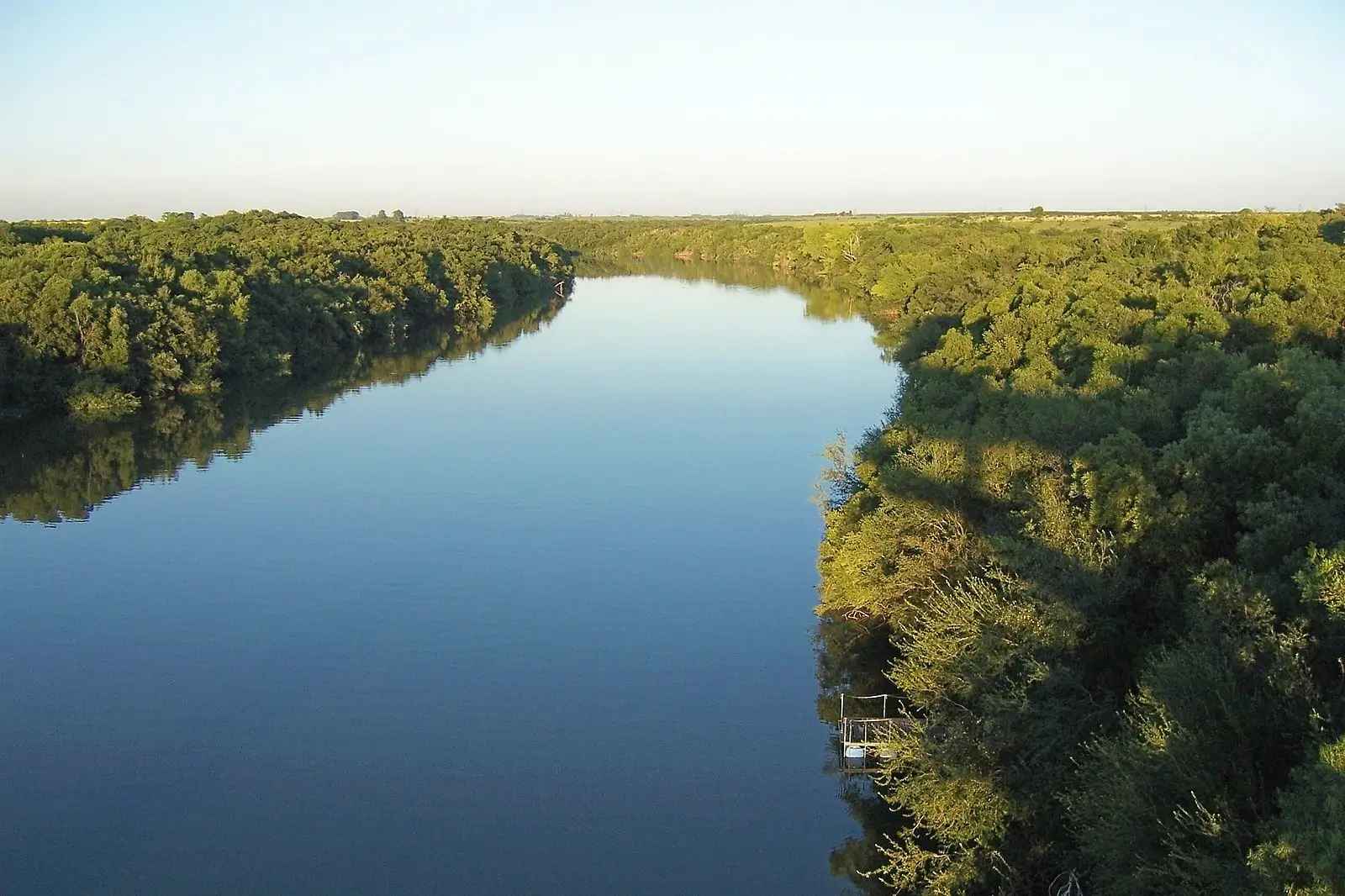
What recommendations do you have for social enterprises and civil society organizations that are interested in promoting open access to climate-related data within their own fields? In my case, I’m particularly focused on tree-planting efforts.
For this I would also reference the “Opportunities for Focused Collaboration: The Open Data Community and Climate”. Here you can find a blog that summarizes key findings and the way forward.
In the Open Up Guide, I read that "Even when governments recognize the importance of making climate-relevant data accessible, government agencies may not have sufficient resources and technical capacity to collect, curate, and publish datasets. They further may not understand the demand for various datasets or may fail to publish them.” What strategies could be implemented to raise awareness among governments about this demand? Do you observe a broad public interest in this data beyond civil society circles?
Sometimes I find that the term “open environmental data” can seem overwhelming or abstract to people. This is true. Open data in general can be overwhelming for anyone. What we are recommending is that governments open their data for a purpose, in the case of data for the environment that is both the type of data and the purpose.
Governments often face barriers such as limited resources, technical capacity, and a lack of understanding of the demand for specific climate-relevant datasets. Some strategies may be:
-Demonstrate the tangible benefits of open climate data, share proven international best practice and initiatives where access to open climate data has led to tangible solutions, such as improved disaster risk management or enhanced transparency in environmental policies.
-Organizing forums or workshops that bring together diverse stakeholders that can help bridge the limited understanding of the broader demand for climate-relevant data operated by governments.
-Facilitate dialogues between governments, civil society organizations, the private sector, and academia to identify the most in-demand datasets and demonstrate how these benefit multiple sectors.
-Help governments create lists of high-priority datasets based on specific demands (e.g., air quality data, land-use data, carbon emissions) to highlight areas of greatest public interest.
-Raising awareness among governments about the importance of open climate data requires a combination of clear communication, actionable examples, and structured frameworks. We try to work in this sense both in our project implementation and also generating resources in our research, as mentioned above.
I noticed that in the Open Climate Governance Primer, OpenForests was used as an example of private sector cooperation: “OpenForests, a consulting company that supports sustainable forestry projects and connects them with investors, collects and manages its clients’ forestry data and reports them in a transparent manner. This allows projects to identify opportunities for improvement, show best practices, and build trust among investors and stakeholders." We're huge fans of OpenForests, so that was a cool shout-out. It seems like the clear implication is that government-generated data could achieve similar outcomes if made publicly available. Could you share your thoughts on this?
We do not particularly focus on open forest data. But it is a good example of how transparent and accessible data can drive better decision-making and investment in sustainability efforts. It highlights the potential of government-generated climate and forestry data to achieve similar outcomes when made open and interoperable. And I think it generates trust. Cases where governments provide foundational datasets, and organizations like OpenForests enhance them with analytics, visualization, and stakeholder engagement.
Another interesting case we came across when studying AI and agriculture is the case of Radiant Earth. Radiant Earth Foundation is a nonprofit organization dedicated to advancing the use of open geospatial data and machine learning for global development, particularly in climate action, agriculture, and conservation. By providing high-quality satellite imagery, AI-powered analytics, and open-source tools, Radiant Earth empowers governments, NGOs, and researchers to make data-driven decisions for sustainability.
Regarding data for reforestation, do you think it’s important to go beyond just knowing the locations of plantations and also include details like the number of trees planted, species, genetic information, survival rates, and other data points? This level of detail was standard practice for working in reforestation operations, so I may be a bit biased in thinking it's important!
I do believe it’s important. Going beyond just the location of plantations and including detailed ecological and management data is crucial (especially for ensuring transparency, assessing impact, and optimizing long-term forest health). But I’m not a specialist in the topic and haven’t worked that much on it so I can elaborate further. As I mentioned, when implementing we work with climate related organisations or consultants that helps us to better understand the topic.
What do you think are some effective ways to incentivize political leaders and institutions to adopt more open data practices for reforestation? How might such reforms help build trust between these institutions and the public?
Always to incentivize we have different types: economic, reputation, and governance improvement.
Some examples are access to green finance, participation in the carbon market, being part of rankings and international partnerships, public-private collaborations. Opening the data helps building trust by: tracking progress on commitments; holding decision- makers accountable; and engaging in collaborative problem-solving.

Reforestation efforts often impact Indigenous communities and other vulnerable groups. In your view, could open data frameworks for land tenure play a role in ensuring that reforestation efforts are inclusive and avoid negatively affecting these communities?
Yes. We lightly address these topics in our two researches mentioned above. And also we have an open up guide on land and implementations in Africa (Madagascar).
Open data frameworks for land tenure are crucial for ensuring that reforestation efforts are inclusive and do not displace or negatively impact Indigenous and vulnerable communities. Transparent, publicly accessible land tenure data helps identify who owns, uses, and depends on the land, reducing the risk of land grabs and ensuring that reforestation projects respect customary rights and consent processes.
Lastly, I’m curious about any potential resistance you might have encountered regarding the push for more openness in environmental data within industry and academia. Are there certain gatekeepers who prefer to keep some data private, and if so, how do you navigate that?
We have worked mainly with the government, with academia and the private sector we work more on reuse processes based on public data. So it is a challenge for us to get closer to those sectors.
Some governments limit open land tenure or environmental data due to political sensitivities (e.g., land disputes, extractive industry lobbying). Advocating for international commitments (e.g., Open Government Partnership, REDD+ transparency) and public pressure from civil society can push for gradual reforms.
Sources
Carfi, N., & Grispan, D. (n.d.). Open data for climate action in Uruguay: Working towards an opening plan . Open Data Charter; World Resources Institute.
Fitzpatrick, D., Rafninarinharina, F., Ramamonjy, F., Bayer, C.-T., de los Santos, M., Diaz, J., Flores, M., Rojas, J., & Booth, K. (2023). State of land information in Madagascar: An open data action framework . The Land Portal Foundation.
Marshall, S. (2025, January 28). We need a data revolution to avert climate disaster: Next-generation visualization tools can help mobilize action at a global scale [Opinion]. DeSmog.
Open Data Barometer. (2016, April 28). ODB methodology (Version 1.0) .
Open Data Charter. (2023, February 6). Opportunities for focused collaboration: The open data community and climate . Medium.
Open Data Charter. (2024, June 5). Open data and climate change: Experiences from the Americas . Medium.
Open Data Charter. (n.d.). Open up guide for climate action . Open Data Charter.
Open Data Charter & World Resources Institute. (n.d.). Uruguay's Climate Change Open Data Innovation Challenge: Final report . Google Docs.
Santarsiero, R. (Ed.). (2025, February 6). Disappearing data: Trump administration removes climate information from government websites . National Security Archive.
Seibt, T., & Menegassi, D. (2022, March 7). Brazil’s Atlantic Forest gets a chance at a fresh start through restoration . Mongabay News.
Edited by Chris Harris

This work is licensed under a
Creative Commons Attribution 4.0 International License.
